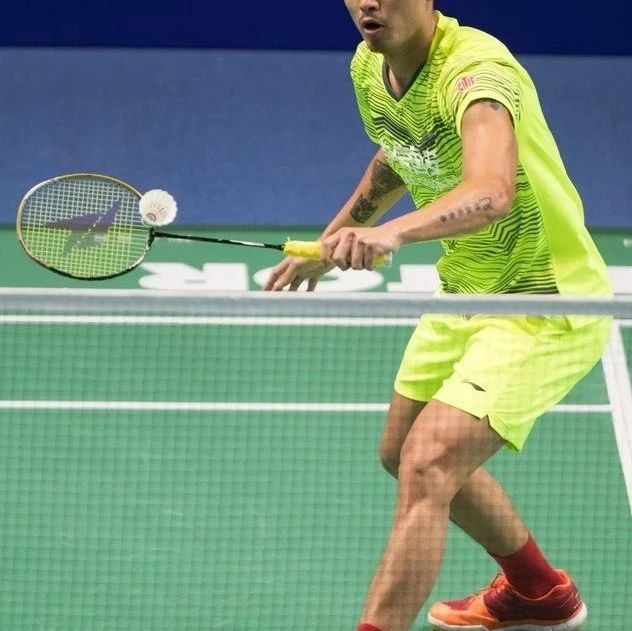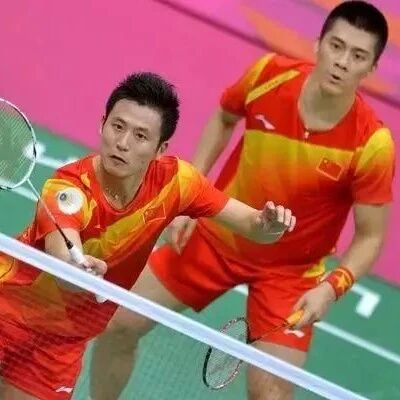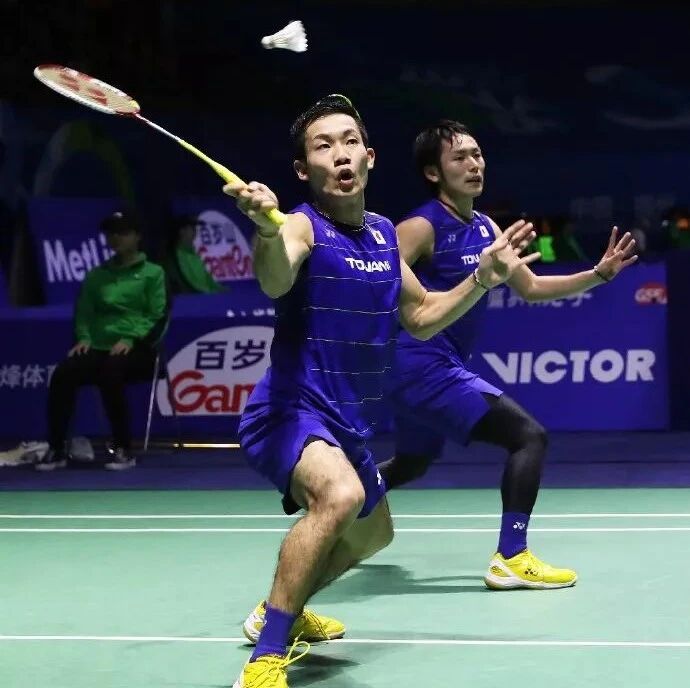Badminton doubles: offensive details, techniques, and psychological shifts during matches, plus strategies for developing awareness and adaptability~
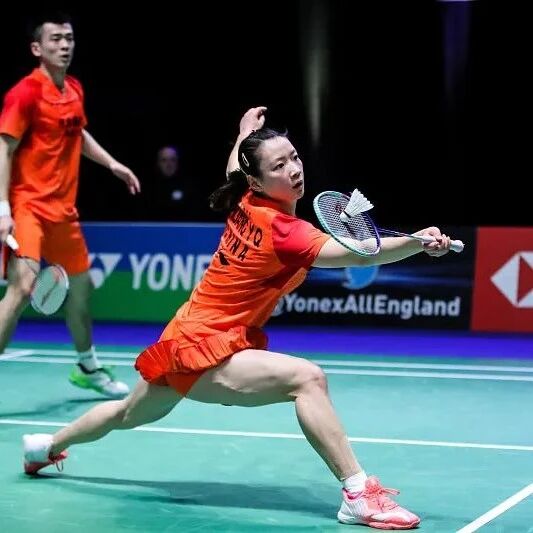
The technical elements of badminton doubles attacking include: seizing the opportunity to attack, choosing the right attacking position, determining the method of attack, and netting defense.
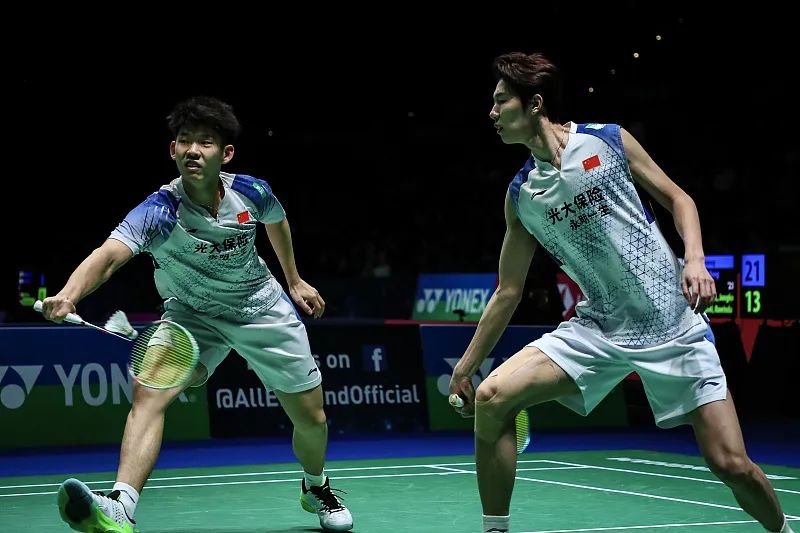
In badminton doubles, the side that controls the net has more opportunities to launch attacks. By executing drop shots at the net, playing low, flat shots from the midcourt, or smoothly pushing and flicking the shuttlecock toward both corners of the opponent’s baseline, you can prevent them from pressing forward effectively.
To gain control at the net, the player should immediately move forward after hitting these shots, ready to intercept the opponent’s mid-court drop shots and cross-court net approaches. This puts constant pressure on the opponent at the net, encouraging them to lob the ball high in an attempt to regain offensive momentum. Meanwhile, the player controlling the net can also target the opponent’s head and chest with flat, driving shots, forcing weaker returns and making the opponent feel the intense pressure at the net—ultimately prompting them to lift the ball higher than necessary.
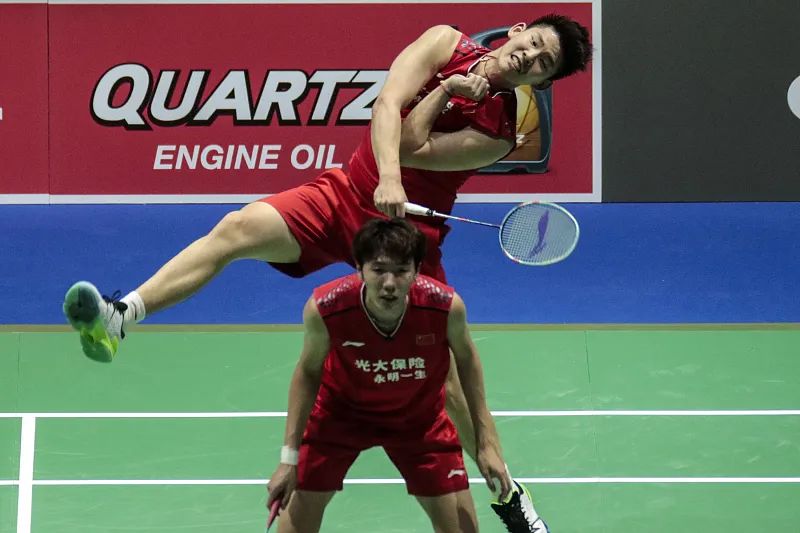
When creating offensive opportunities, the most dangerous shot is the smash. The attacking side typically targets the opponent’s body, as well as their open spaces and the junction between the forehand and backhand sides of the court. When executed with sufficient power, a well-placed smash can set up other, slower shots to become even more effective. Even against tightly packed defenses, deploying a smash before attempting delicate drop shots or high, flat clears carries its own unique strategic value.
Although you may find that 90% of your smashes are easily met by your opponent at the net, your first priority shouldn’t be to try and finish them off in just one or two shots. Instead, use your smashes as an opportunity to observe and analyze your opponent’s defensive habits. For instance, if your opponent tends to defend using a backhand grip, focus your attacking shots around their right shoulder, right hip, and right knee. On the other hand, if they’re accustomed to preparing for smashes with a forehand stance, target their chest area as well as their backhand side.
When you notice your opponent habitually positioning themselves along the sideline, you can attack the open space away from their body, forcing them to make large, sweeping movements and swing their racquet aggressively—thus exposing another vulnerable opening that gives you the perfect target for your next shot.
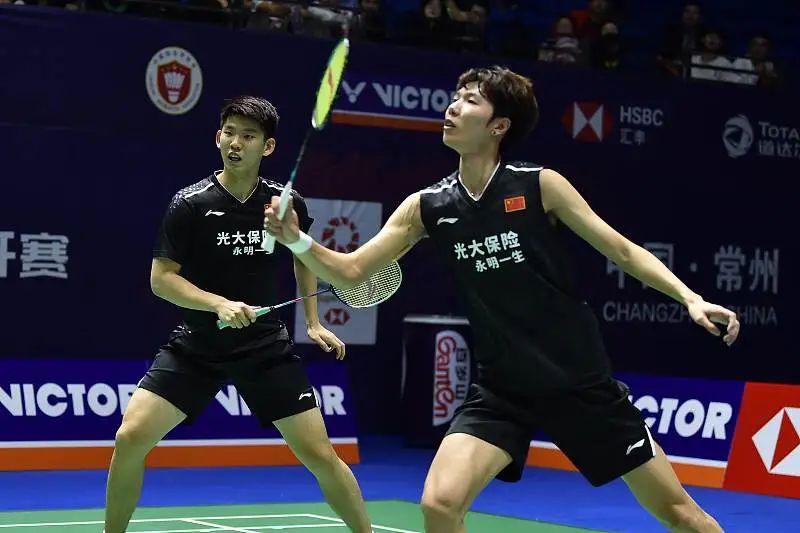
Offensive play isn’t solely about smashing the shuttlecock—though other techniques do rely on smashes to create momentum. Instead, soft drops and quick smashes are highly effective strategies for dealing with opponents who are positioned deeper or moving more slowly on defense. The most effective spot for a soft drop is right in the middle of the opponent’s forecourt. While a soft drop is slower than a smash, that sudden shift in rhythm throws defenders off balance. Plus, since both players can reach the middle forecourt area, it often leads to confusion among the opponents—and their return shots tend to come at narrower angles as well.
A quick high lob is particularly effective against players whose attention is drawn to the net and who have an unstable center of balance. And when you notice your opponent favoring a half-squatting stance, raising their racket as if ready to flat-strike your smash, a high lob can catch them off guard—and deliver a surprising advantage.
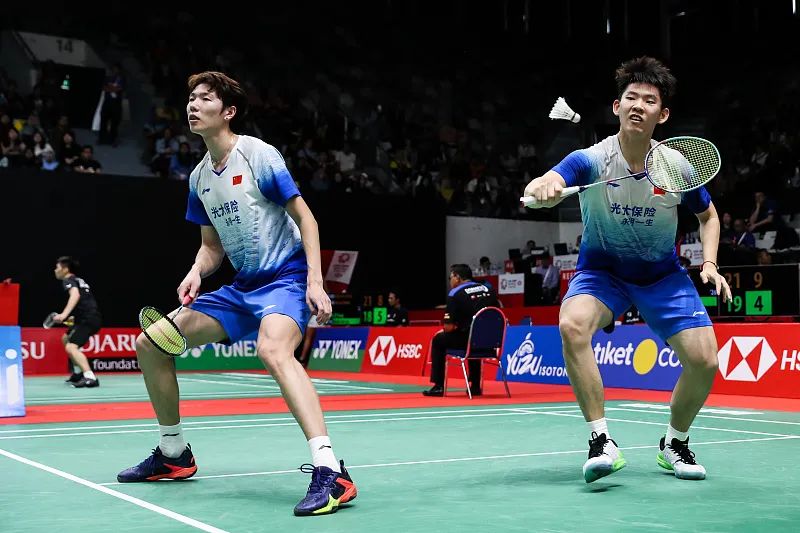
Don’t think of the net players as just standing there holding their rackets on the court. In doubles, controlling the net is absolutely crucial—because, as we discussed earlier, dominating the front of the court opens up far more opportunities for aggressive play. Net players pose a much greater offensive threat than those in the backcourt, and they also enjoy significantly higher success rates when executing their shots.
Frontcourt players need to close the gaps for their backcourt attackers by blocking net shots or executing flat smashes, aiming to push opponents into making high, risky returns—and thereby putting even more pressure on them. Ultimately, the frontcourt player’s positioning should remain dynamic, shifting dynamically based on where the attacker is positioned and how they’re attacking. For instance, if the opponent tends to play flat smashes or prefers returning the shuttle to the middle of the court, the frontcourt player should position themselves slightly deeper, almost right at the center of the court.
When the opponent’s returns are more varied, you’ll need to position yourself slightly closer to the net—around the service line. You must take control of the net area right after your opponent drops the ball at the net, before they have a chance to move forward themselves. As a result, your focus should remain firmly on the front-of-the-net zone.
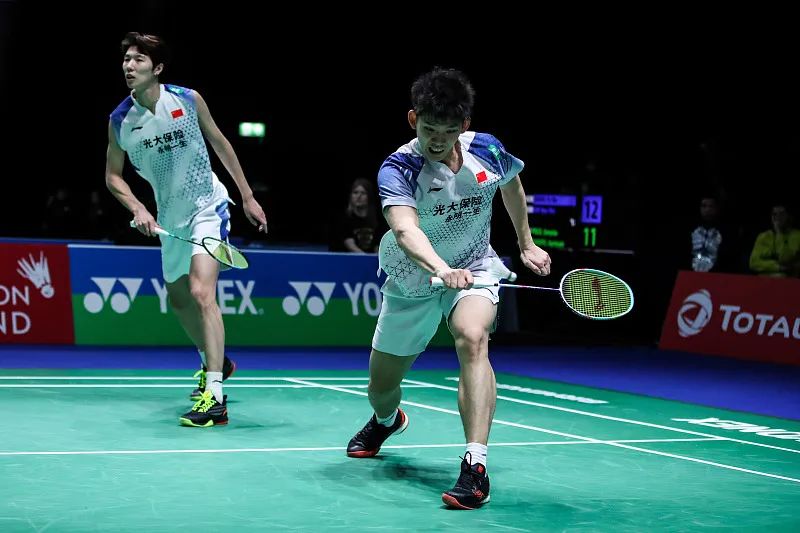
When the opponent hits a deeper ball, the front-court players can position themselves slightly farther from the net and adopt a more back-of-the-court stance. The exact positioning—left or right—of the front-court players depends on the direction in which the back-court players are attacking. If the back-court player targets the left side of the court, the front-court player must move to the left; conversely, if the back-court player attacks the right side of the court, the front-court player should shift to the right.
What the front-court players need to do is raise their rackets and prepare for a forehand stroke. Meanwhile, their lateral movements are crucial in helping them maximize coverage of the angles from which opponents return the ball. Being adept at observing the opponent’s hitting patterns allows net players to anticipate more effectively, giving them a significant edge in terms of timing and success rate. When the back-court player drops a lob, the front-court player should immediately move aggressively toward the net, aiming to hit downward at the peak of the shot—this approach not only puts immediate pressure on the opponent but also forces them to lift the ball again, setting up an opportunity for a decisive play.
When the opponent’s lob doesn’t have enough depth, the net player should move back into the other half of the court previously occupied by the backcourt player, creating a side-by-side attacking formation. Since the ball lacks sufficient depth, the backcourt player, after executing a powerful smash, will have the space to advance and close the net, while the frontcourt player takes charge of covering the remaining half of the court for any returning shots.
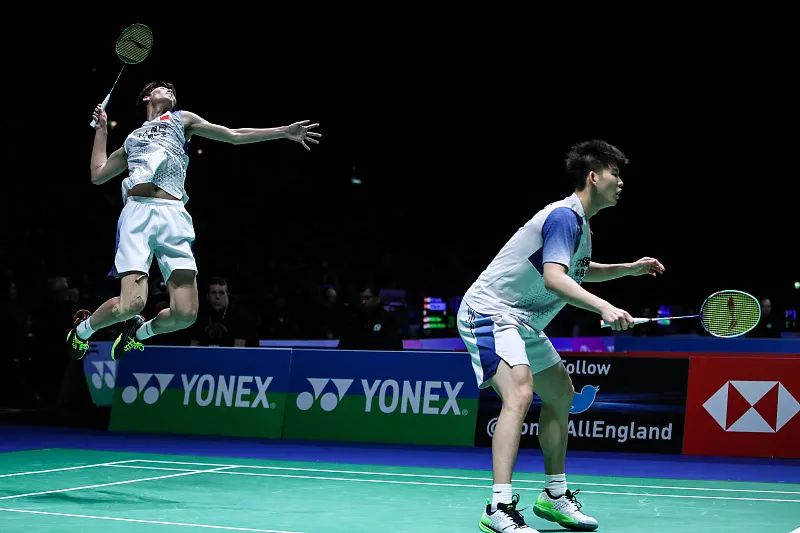
China's unique badminton technique style—whether in singles or doubles—is encapsulated in just four words: "Fast, Fierce, Accurate, and Versatile." Among these, "Fast" serves as the core element, with the other three aspects—fierceness, precision, and agility—each manifesting specific expressions of speed. In doubles play, "Fierce" is particularly evident in three key areas: "flat," "close," and "pressing." Importantly, whether in singles or doubles, the relationship among the four essential elements of this four-character style remains centered around "Fast." In doubles matches, players should prioritize speed and maintain control over their own game. After all, when you move faster than your opponent, it becomes much harder for your weaknesses to show—though this principle naturally applies equally to singles play as well.
Since you’re moving faster and consistently putting pressure on your opponent, it becomes much easier to stay in control and force them into defensive positions—ultimately leading to lost points for them (of course, this works best when both players are evenly matched). In doubles play, the most critical factor is seamless coordination between partners. Players should always maintain a balanced distance from one another on the court. To put it simply: once you’re on the court, you and your partner essentially act like two ends of a dumbbell, moving together as if connected by an inflexible, rigid structure. Importantly, the relative positions of you and your partner remain fixed with respect to the center of that "rigid body." And when it comes to playing fast in doubles, there are a few key techniques you need to master.
The net player's grip on the racket should be adjusted slightly when approaching the net. Specifically, hold the racket with your hand gripping it directly below the handle—so that when you’re facing your opponent, your racket face is also squarely pointed toward them. This technique allows for quicker reactions because it eliminates the need for wrist-flicking motions. Additionally, by holding the handle closer to its tip, you reduce the lever arm, enabling you to generate even faster movements.
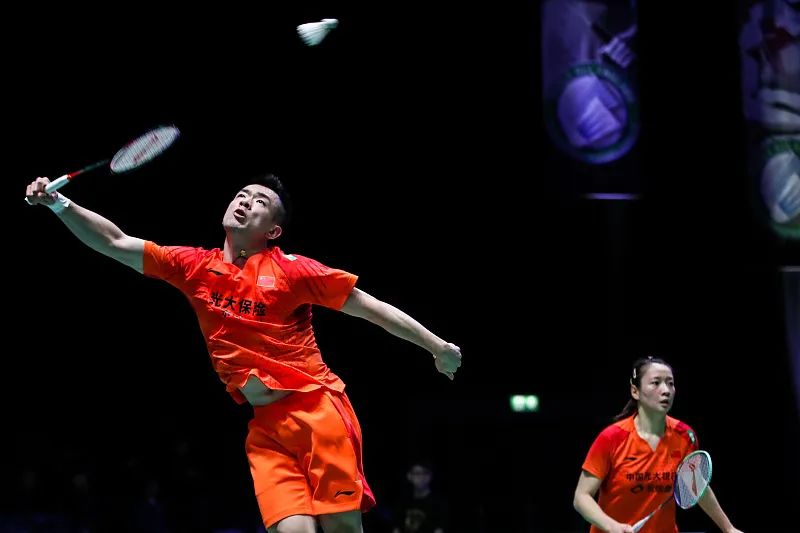
Additionally, flexible footwork and seamless coordination can also help speed up your game during matches. In doubles, positioning is typically divided into front-back and left-right formations, depending on individual preferences and the dynamics of the court situation. Choosing a front-back setup usually emphasizes offensive play: the backcourt player focuses on powerful smashes or sharp drop shots, while the frontcourt player remains vigilant at the net to block and intercept incoming shots.
When positioned on the left and right, it’s typically a defensive stance—two players stand side by side, each positioned in the center of their own half. This formation makes it harder for opponents to break through and score. Naturally, the approach to attacking will vary depending on the specific positioning.
When adopting a front-to-back formation, focus on attacking the opponent’s flanks; in contrast, with a left-to-right positioning, prioritize targeting the center of your opponent’s court—specifically, the space between the two players. Ultimately, the key is to exploit your opponent’s weaknesses and open gaps. On the defensive end, meanwhile, avoid leaving any openings that your opponents could exploit. Now, let’s talk about the common mistakes to avoid in doubles play.
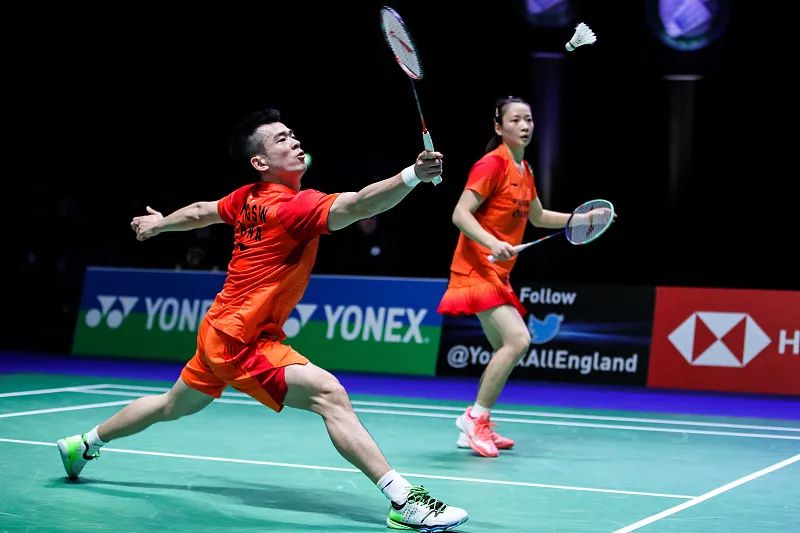
In doubles, serving is crucial, but your positioning immediately after the serve is even more critical. When hitting a short ball, always move up to the net—don’t shift your weight backward—and naturally transition into a front-to-back stance, setting yourself up for an aggressive attack. On the other hand, when serving a high ball, you should first retreat slightly to avoid being caught off guard by your opponent’s smashes. This movement will naturally adjust your stance to a side-to-side position. Even if you’re preparing to defend against an opponent’s drop shot, it’s still best to step back first before moving forward to the net—unless, of course, you’ve already accurately anticipated your opponent’s next move.
Another key consideration in doubles is to always be aware of your positioning on the court. Simply pairing two strong singles players doesn’t automatically make them a great doubles team—sometimes, it can actually backfire. Many players inadvertently carry over their singles habits when playing doubles.
Here are the main points: positioning too close to the center disrupted teammates' placements and created larger gaps; an overly strong focus on playing singles negatively impacted teammates' performance; and a pronounced sense of self-awareness led to neglecting collaboration with teammates. These issues are all areas everyone should actively work to overcome.
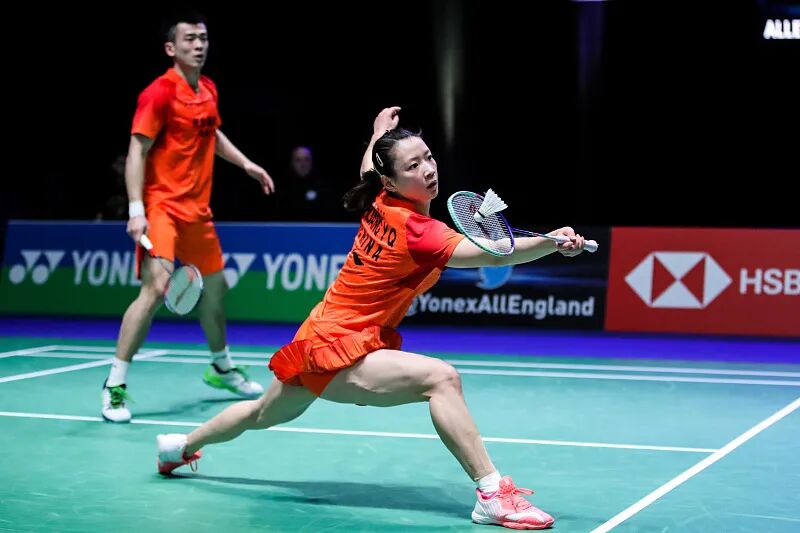
Research suggests that the development of badminton awareness follows its own distinct patterns, and only through systematic, purposeful training can athletes effectively enhance both their awareness and tactical proficiency. During technical drills, it’s essential to integrate badminton-specific tactical awareness; meanwhile, mastering comprehensive fundamental techniques and relentlessly honing one’s skills serve as the solid foundation for success.
Athletes must follow the rules and master the technical fundamentals, clearly understanding the purpose behind each shot while staying mentally prepared for the next one. Only through consistent, repetitive practice in real-game scenarios can they refine their standardized techniques and develop a strong tactical awareness. Additionally, tactical training should focus on strengthening players' ability to coordinate effectively during doubles play.
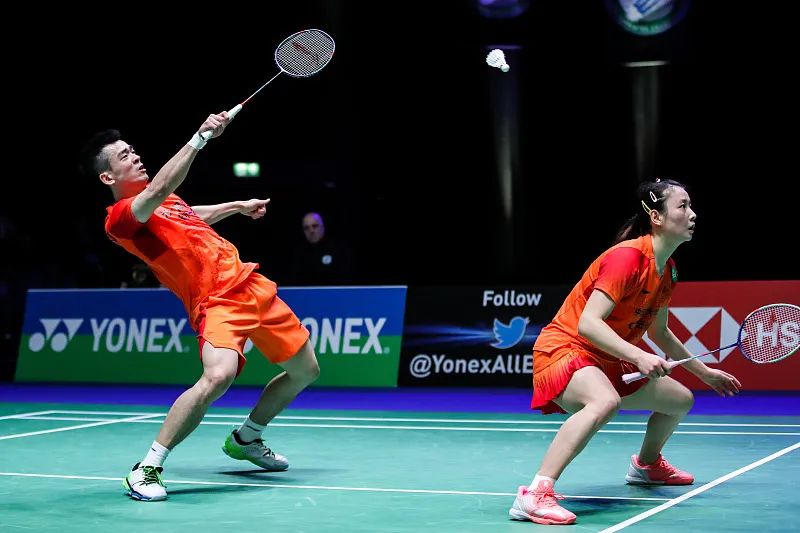
Doubles is a highly competitive sport where, on top of mastering fundamental techniques, players must emphasize seamless teamwork and coordination. During tactical training, coaches should tailor the development of each player’s style and playing approach according to their individual strengths and abilities—deciding whether to focus on quick, aggressive net play with immediate follow-up, or on honing solid defensive skills combined with effective counterattacks. At the same time, it’s crucial to ensure smooth coordination and synergy between partners.
Gradually, each player develops their own unique tactical system—otherwise, even the best scoring opportunities may go unseized. In doubles and mixed doubles matches, the level of rapport between teammates directly determines whether tactics can be executed seamlessly and actions remain synchronized, serving as a clear indicator of how strong their tactical awareness truly is.
For example, if we execute a well-placed drop shot from the right court area, forcing the opponent to return either at the net or in the mid-court, the server immediately moves forward to the left frontcourt, closing off the overhead mid-court and net areas. Meanwhile, the partner shifts to the right backcourt, forming a front-to-back formation that sets up an attacking posture.
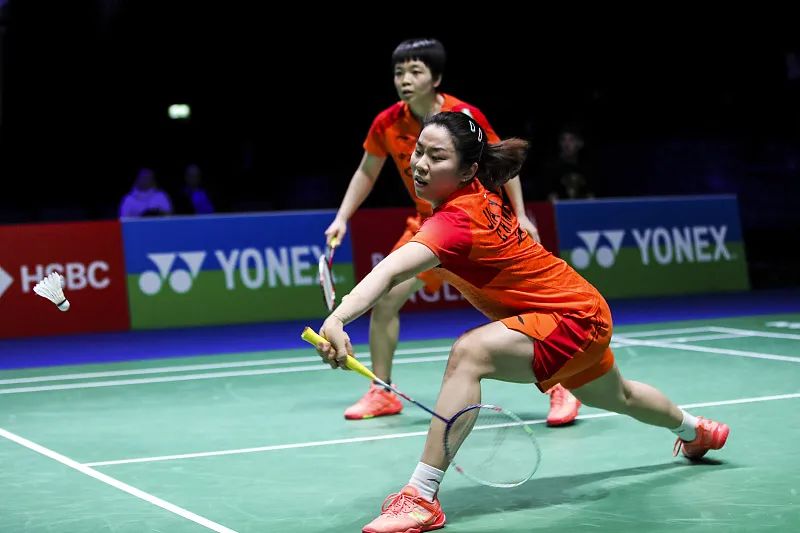
Backcourt players must maintain a clear understanding of the court situation while keeping their minds sharp and their balance steady. When facing stronger defenders, the angle of your smash becomes far more effective than sheer power—because an ill-placed angle or shot trajectory can easily force you into a defensive position on the very next play.
You need to assess the on-court situation and your opponent’s characteristics to determine where to place your smashes in a way that puts them under pressure—and also identify when it’s safer to play a more controlled, strategic shot. Offensive players don’t have to rely constantly on maximum-power smashes, as though that might seem like an easy way to score quickly. While it may appear effective in the short term, it actually leads to greater physical exhaustion. Moreover, once your opponent gets used to your smash rhythm, it becomes harder to execute those shots with their full impact and effectiveness.
When the backcourt player feels their position isn’t ideal or struggles to maintain their balance, they can use soft drops and quick smashes to buy time for adjustments, preparing themselves for a second, decisive smash. Meanwhile, the frontcourt player should stay aware of the backcourt player’s movements, keeping an eye out for any loss of balance that might require them to step in and cover the gap.
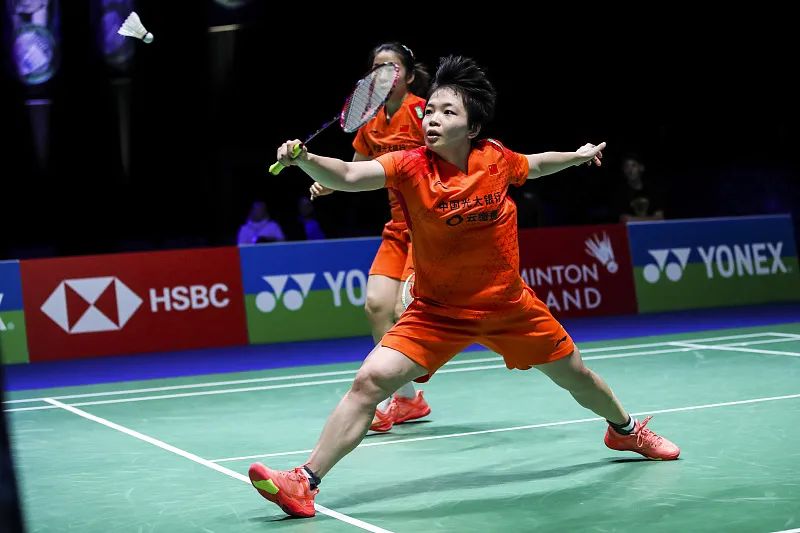
The player at the net shouldn’t passively wait for the incoming shot—instead, they should move and think proactively. By doing so, they can maximize their support for the backcourt players in intercepting returns, effectively closing off any gaps that might allow the opponent to threaten the net. This forces the opponent to hit only high, defensive shots.
The primary factor influencing an athlete's ability to execute match techniques and tactics is psychological—after all, different psychological states are closely tied to an athlete's personal characteristics. As badminton continues to evolve, players must not only rapidly master the sport's technical skills but also refine their tactical awareness, which is the key to achieving victory.
In modern badminton, 60% of success depends on strategy and decision-making, while 40% relies on physical fitness—and this trend becomes even more pronounced at higher competitive levels, especially among doubles players. Sharp awareness allows athletes to react faster, and the better their awareness, the more effectively they can take the initiative in the game.
The key factor behind success in badminton is "speed," which essentially means striving to reach the highest possible hitting point, making it as difficult as possible for your opponent to return the shot. "Aggressiveness, precision, and agility" are the three specific manifestations of "speed."


